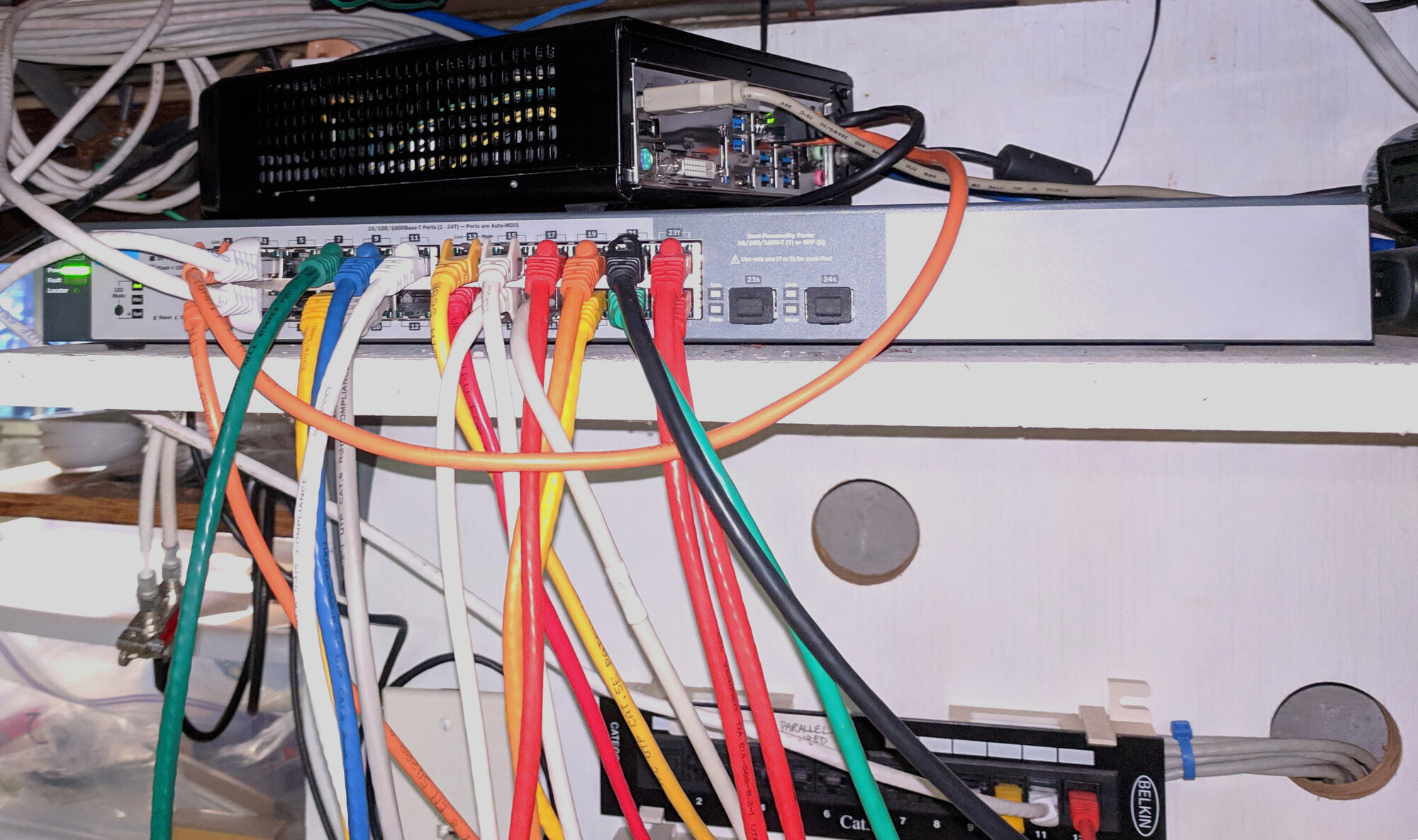This is going to be like trying to observe subatomic particles- you can't observe without changing the result
At best, you could use an external recorder.
Heisenberg got something right?
I get the recording affects things, should affect them all equally - right?
![[H]ard|Forum](/styles/hardforum/xenforo/logo_dark.png)
